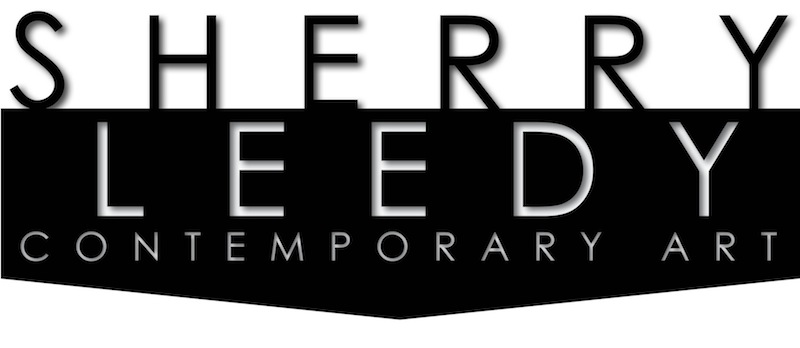TOM JONES
Gallery


Ho-Chunk Native American, photographer Tom Jones creates art that challenges stereotypical ideas of Native people by questioning the past and reevaluating the present.
Remnant Series
The series Remnants is a commentary on American Indian sovereignty, identity, experience and perception. Jones is examining how American Indian culture is represented through popular culture and raising questions about these depictions of identity by non-natives and Natives alike. The images for the engraved glass are appropriated from historical documents such as newspapers, etchings, and ledger drawings. The photographs that accompany the engravings were taken at nearly 100 Indian casinos throughout the United States. The dialogue between these two speak to what has happened in American history and the future of what is to come for Indian communities.
I am an Indian First and an Artist Second
In the series, I am an Indian First and an Artist Second, Tom Jones is drawn to a current controversy in contemporary American Indian art that positions artists that claim their Native ancestry against those that prefer to minimize or even deny their Native heritage. This debate has come to be known as the “post-Indian” issue.
Jones uses plastic toy Indians and the genre of abstraction as a metaphor for this loss of identity. He scans the bottom stands of the plastic toy Indians and enlarges the photographs to approximately 40″ x 50″. The perspective of the abstracted bases allows only a surface rendering of the complexity of Native identity in the 21st Century.
Dear America
In the series Dear America, Jones began with the appropriation of sixteen vintage early twentieth-century postcards that depict a version of the Native American experience. Jones digitally manipulated and enlarged the images and juxtaposed them with text embellished with bead & quillwork. Image and text were visually woven together, united by verses of the song America and an American History that is often silent and invisible was revealed and the voice no longer silent was Native American. When Jones first began collecting postcards, he came upon an image of a beautiful Native American woman with a child strapped to her back. Underneath the image was the caption: “The White Man’s Burden”. The impact of this image remained with him and was the catalyst for this series.
Native Commodity
With the series of photographs, Native Commodity, Jones documents the irony of the visual tourist rhetoric of all things Native in the Wisconsin Dells. In the late 1800’s, Wild West shows and interest in Native Americans was at its peak and the Wisconsin Dells took advantage of this craze and began importing Native American objects and souvenirs from throughout the Unites States. When one goes to the Dells, you are able to see pueblos from the Southwest, teepees and drawing from the Plains and totem poles from the Northwest. There are no symbols used from the Ho-Chunk culture, even though the Dells are part of the original homeland of the Ho Chunk Nation.
Tom Jones has photographs in the collections of the Smithsonian Institute, National Museum of the American Indian, Washington, DC; Michigan State University Museum, East Lansing, MI; the Elvehjem Museum, University of Wisconsin; Columbia College, Chicago, IL; Chazen Museum of Art, Madison, WI; The Ho Chunk Nation, Black River Falls, WI; Museum of Contemporary Photography, Midwest Photographers Project, Chicago IL; Nerman Museum, Overland Park, KS; University of New Mexico Art Museum, Albuquerque, NM; Tamarind Institute Albuquerque, NM; Polaroid Corporation, Waltham, MA; Sprint Corporation, Overland Park, KS; Crow’s Shadow Institute of the Arts, Pendleton, OR; St. Louis University, MO, Microsoft Collection, Edina, MN.
